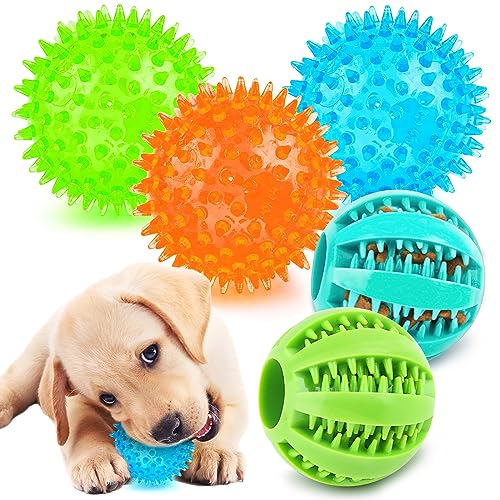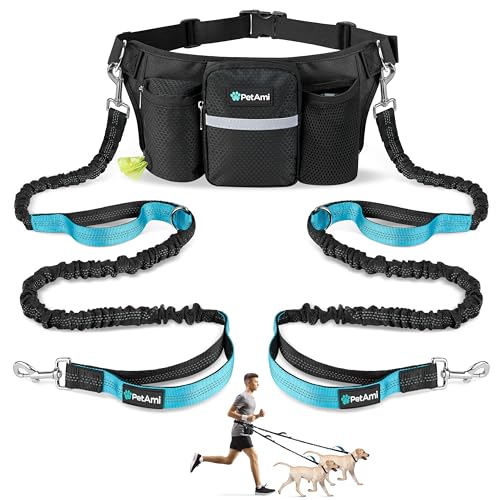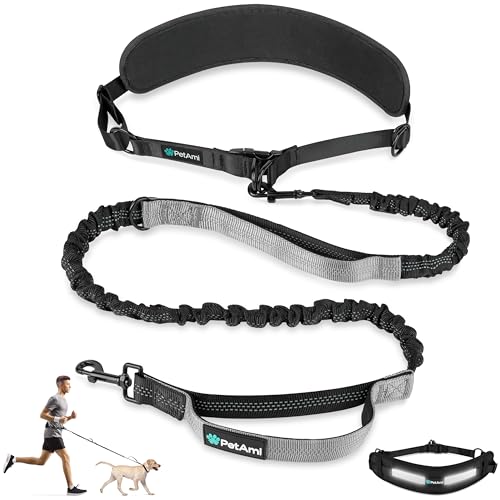
Why Puppies Chew and the Role of Chew Toys
Puppies are naturally curious creatures, and their desire to chew stems from a variety of developmental and instinctual behaviors. Chewing is a primary way for puppies to explore their environment, allowing them to understand their surroundings at a tactile level. Moreover, during the teething phase, which typically occurs around three to six months of age, puppies experience discomfort as their adult teeth emerge. Chewing on objects, including appropriate chew toys, can provide relief and comfort during this time.
Beyond being a means of exploration and teething relief, chewing also plays a critical role in a puppy’s mental stimulation. When a puppy chews on a toy, it engages their brain, helping to alleviate boredom and prevent the development of destructive behaviors. Without suitable chew toys, puppies may resort to gnawing on furniture, shoes, or other household items, leading to potentially costly repairs and a less harmonious living environment. By providing appropriate chew toys, pet owners can foster healthy chewing habits that benefit both the puppy and the household.
When selecting chew toys for puppies, it is essential to consider both safety and effectiveness. Look for toys made from non-toxic materials that can withstand strong bites. Rubber toys, canvas, and some types of nylon are good options that offer durability. Additionally, consider the size of the chew toy to ensure it is appropriate for the puppy’s breed and age, minimizing any choking hazards. Chew toys that are specifically designed to clean teeth or contain treats can also provide added benefits, promoting dental health while satisfying a puppy’s chewing instinct.
In conclusion, understanding why puppies chew is integral to providing them with healthy outlets for their natural behaviors. Chew toys are not just a source of entertainment; they are vital tools for ensuring puppies remain mentally stimulated, physically healthy, and less prone to destructive habits.
Preventing Destruction: Creating a Chew-Friendly Environment
Establishing a chew-friendly environment is essential for maintaining a harmonious household with a puppy. Puppies naturally have an urge to chew, which serves various purposes, including teething and exploration. However, this behavior can lead to potential destruction if not directed appropriately. Therefore, puppy-proofing common areas is a critical first step in preventing unwanted chewing habits.
Begin by identifying and removing items that could be appealing to a puppy. Secure household objects such as shoes, remote controls, electrical cables, and furniture to deter curious jaws. This includes investing in protective coverings for items that may be difficult to remove entirely. Keeping a clean, organized space also minimizes the chances of your puppy finding enticing items to chew.
Next, redirect your puppy’s chewing tendencies towards designated chew toys. Offering an appropriate variety of chew toys can keep your puppy engaged while fulfilling its natural need to chew. When selecting toys, consider durability, texture, and size to ensure they are safe and inviting for your puppy. Rotate these toys regularly to maintain interest and engagement.
Training plays an integral role in shaping your puppy’s chewing behavior. Utilize positive reinforcement techniques to reward your puppy for choosing toys instead of household items. Whenever your puppy opts for a chew toy over an undesired item, offer verbal praise or treats. This method helps in reinforcing appropriate behaviors and developing positive chewing habits.
Furthermore, creating designated chew areas in your home can significantly impact your puppy’s behavior. Set up a comfortable space with various toys where your puppy feels secure and can safely explore its chewing instincts. By effectively managing your puppy’s environment and encouraging desirable behaviors, you can protect your home while ensuring your furry friend remains happy and engaged.
The Physical and Mental Benefits of Daily Walks
Regular walks are essential for maintaining a puppy’s overall health and well-being. Physically, daily exercise contributes significantly to improved fitness levels and effective weight management. Puppies, particularly those that are still growing, benefit from walking as it helps to develop their muscles and strengthens their bones. It is important to tailor the duration and frequency of these walks to suit the specific breed and age group of your puppy. For young and small breeds, short, frequent walks of about 15 to 20 minutes can suffice, while larger breeds may require longer walks of around 30 minutes to an hour.
In addition to the physical benefits, daily walks also provide crucial mental stimulation for puppies. As dogs explore their environment, they encounter varying sights, sounds, and smells, which can intrigue and engage their senses. This exploration is vital for their cognitive development and helps prevent behaviors stemming from boredom or excess energy. Engaging in walks allows puppies to satisfy their natural curiosity and stimulates their brains in ways that indoor play cannot replicate.
Moreover, consistent exercise through daily walks may significantly help in alleviating behavioral issues. Many puppies exhibit problematic behaviors when they become restless or bored, leading to destructive chewing or excessive barking. By ensuring that your puppy gets ample exercise, you effectively diminish the likelihood of such behavioral problems arising. Integrating walks into your puppy’s daily routine not only contributes to their physical and mental health but also strengthens the bond between you and your animal companion as you share these experiences together.
Incorporating Playtime and Socialization into Your Routine
Integrating playtime and socialization into your puppy’s daily routine is essential for fostering well-rounded development. Play is not only a source of enjoyment for your puppy but also serves as a critical component in enhancing their social skills. Engaging with other dogs and people during playtime helps puppies learn vital communication cues and behaviors that are necessary for harmonious interactions later in life. Regular socialization can significantly reduce anxiety and fear in new situations, paving the way for a more confident and well-adjusted dog.
Daily walks present an excellent opportunity to enrich your puppy’s life with social experiences and interactive play. During these outings, consider bringing along a chew toy that your puppy enjoys. This can serve as a tool to engage your dog during breaks and encourage them to explore their surroundings. Incorporating short play sessions, such as tug-of-war or fetch, can transform a routine walk into an exciting adventure that stimulates your puppy both physically and mentally. Additionally, if you live in an area with a dog park or a safe space for dog meet-ups, making time to visit these locations is invaluable. These environments provide your puppy with the chance to interact with other dogs, which reinforces social skills and helps reduce the likelihood of behavioral issues later on.
It is also beneficial to set aside special times each day for structured play or training sessions. These can reinforce commands and strengthen the bond between you and your puppy. By combining play with training, your puppy not only learns but associates learning with fun. This method can make teaching basic commands or new tricks more enjoyable, resulting in better retention and eagerness from your puppy. Overall, incorporating playtime and socialization into your routine creates a healthier and happier environment for your puppy, ultimately contributing to their long-term well-being.


































